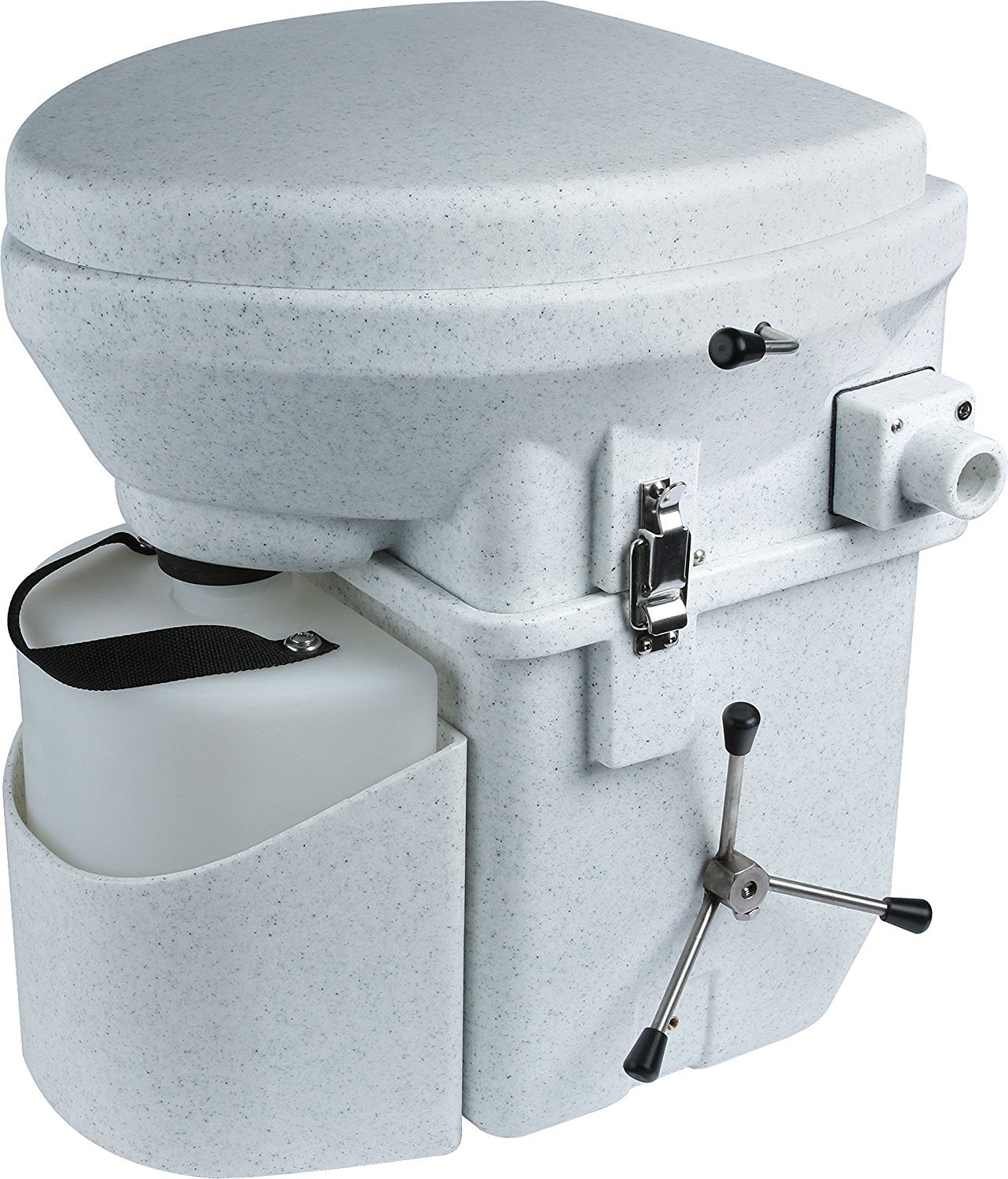Toilet System Guide
You will find yourself spending more time thinking about toilets than you would expect, having a toilet in your overland is a touch of luxury and a completely different buying experience to buying one for your traditional home. Having spent hundreds of hours in overland vehicles with all the different toilet offerings, we feel pretty well qualified to advise on the systems currently available to suit you the most. To be honest, at the moment, the perfect solution does not exist. Here are the pros and cons of each system.
We have rated the critical aspects out of each system out of five.
Separating (composting)
Urine Separating or Non-Urine Separating, that is the question.
This is by far the most popular choice for customers and self-builders at the moment. It is probably the hardest to use at first until you get to understand how to use it, the main comprise with any separating toilet is that to enable the correct separation of the liquids and the solids to occur. Gentlemen you will need to be sitting down to pee and it is beneficial (not essential) to do your two actions one after the other.
It's harder to keep clean (but a spray bottle is handy) However, emptying it is easy part. The liquid-separating is achieved through a special design of the toilet bowl working on the principle that when the toilet is used urine will always go towards the front of the bowl, so it can be allowed to flow away and dealt with separately from the solids which means the sterile liquids can be run into the ground via a soak-away pit or a grey-water drain for ease of disposal or into the liquids container if you are not having a urine exaction, which can easily be poured down a toilet or discretely onto the ground to soak away. The solids will need emptying less frequently (that are not compost for several months) can be double bagged and easily stored if needed and sent for landfill. Of course, these toilets are waterless, so it extends your freshwater supply onboard.
For two people, you could expect to empty the liquids every three days and the solid once a month.
Cost - ***
Use - **
Emptying - ****
Cassette
This is the more traditional option. As a non-separating toilet can make the user experience simpler. There is no requirement to sit down (depending on the chosen toilet) or be in a specific position and certainly less learning is required. They are also relatively pleasant to use with a good flushing system. Generally a fair price BUT remember they will contribute to your water consumption due to the flush. The biggest issue lies with the emptying. You have to find somewhere to dispose of 15-19l of untreated waste. In developed nations, this is not too much of an issue, but this can come to be a tiresome chore in less developed countries.
Cost - *****
Use - ***
Emptying - *
Incinerator
You may or may not have heard about the incinerator toilets, These are by far the nicest systems to empty as all you have to do is empty the ash pan. And are once again a waterless toilets, and a pan liner is used to keep things clean. The two significant issues are the gas consumption for the incineration process. The manufacturer states 160g per cycle (flush). So that's 100 flushes per standard 16kg bottle. Also, these are very technology-dependent with a lot of electrical components. They can be prone to faults and the regular maintenance of them is a ‘hands on’ process that detracts from the ease of emptying.
Cost - *
Use - **
Emptying - ****



